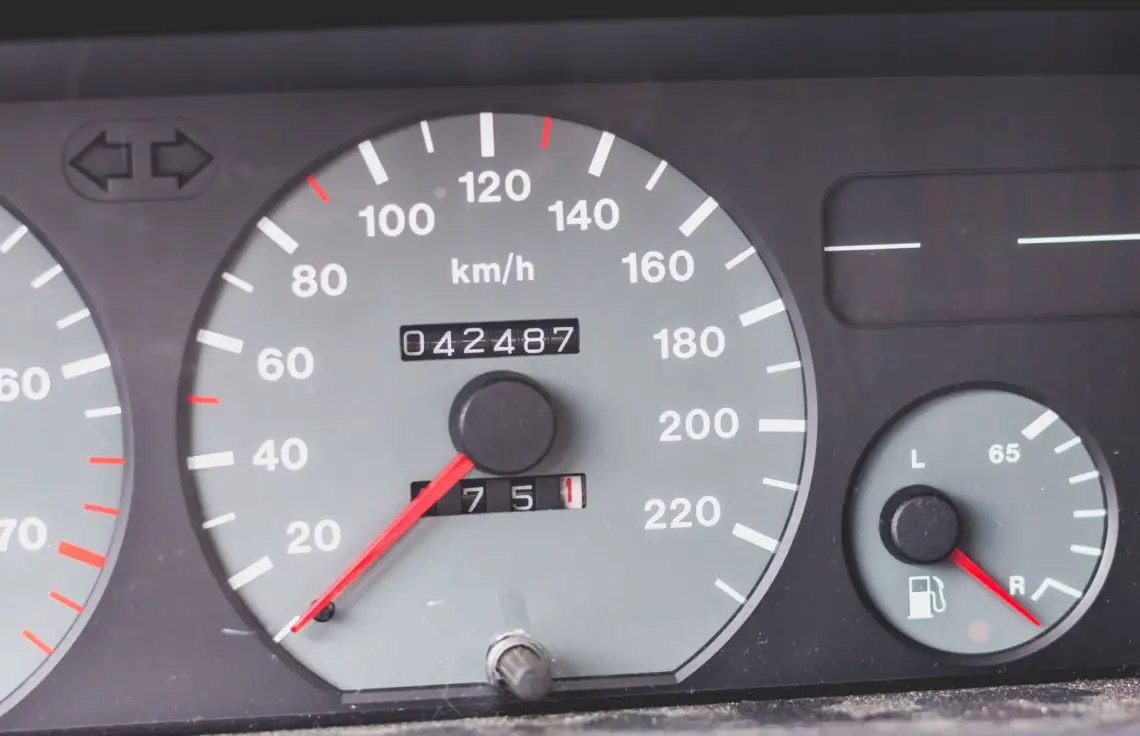How many kilometers can a car drive?
Driving is good for car
A lower mileage does not guarantee a longer life. If you drive a lot of short distances and if the car often stands still for a longer period of time, that is not good for the engine anyway. Standing still means going backwards – that doesn’t just apply to the engine, by the way. The engine also wears the least when it is at operating temperature. Longer distances are therefore better than short ones. Then the mileage goes up smoothly, but that’s not a bad thing at all. If you want to buy a used car, you can deduce from the mileage how the car has been used. You can easily request a report with any comments via the National Autopas .
Is 100,000 kilometers a lot for a car?
The elderly among us still remember that in the 1970s a car with 100,000 kilometers on the clock was almost at the end of its lifespan. Then you could count on large costs. But the technology and the materials used have continued to improve over the years, as have fuels and oil. The garage can also make a diagnosis more and more accurately and therefore perform better maintenance and preventive repairs. If you have your car well maintained, 100,000 kilometers should not be a problem.
Text continues below the image

Tons on odometer
Often cars with a diesel engine have a significantly higher mileage than cars of the same age with a petrol engine. This is partly because diesel engines run at lower speeds than petrol engines. The expected lifespan of a diesel is now around 350,000 to 400,000 kilometres, that of a petrol engine at around 250,000 to 300,000 kilometres. The number of kilometers that private individuals drive with their car is around 11,500 kilometers per year – in theory you could easily drive your car for 21 years, slightly longer if it is a diesel. But the mileage you can drive depends on so many more factors than just the engine. For example, consider the availability of parts.
World Record Mileage
Some cars that have been well used and carefully maintained can reach 600,000 kilometers, but the world record is held by American Irv Gordon, who has driven more than 5.23 million kilometers with his Volvo P1800S. He bought his car new in 1966 and carefully maintained it. Thanks to good maintenance and long distances, the car did not require any repairs for the first 400,000 km. Gordon passed away in 2018; the mileage of his Volvo had passed 5,230,781 kilometers by then, he had posted on Facebook shortly before his death. That mileage equates to more than 100,000 kilometers per year. The car is now owned by Volvo.
Text continues below the image

When is a car ‘on’?
Few people consciously ‘drive up’ their car. Accidents are the biggest cause of passenger cars ending up in scrap, but that is often before the car has reached the maximum achievable mileage. The European association of car manufacturers, the ACEA, reports that the average age of cars in the Netherlands in 2020 was about 11.2 years. Luxembourg has on average the youngest cars (6.7 years) and Romania the oldest (16.9 years). The average age of cars in the European Union at the time was 11.8 years. But of course that says nothing about the lifespan and the maximum achievable number of kilometers.
Cars are getting older on average
The average age of cars in the Netherlands continues to rise. Logically, cars have improved in quality in recent decades and it appears that fewer cars end up at the scrap yard every year. If you the When looking at statistics from the Central Bureau of Statistics (CBS) for the year 2020 , it appears that the number of 20-year-old cars scrapped is the highest (28,835 units), but that the numbers of 18 to 21-year-old cars are not many. deviate (more than 25,000). Statistics Netherlands also reports that at the end of 2015 the cars that ended up at the scrapyard were on average less than 18 years old.
In short, you could therefore conclude that a car should be able to last for about twenty years – although you will eventually incur more and more costs.
